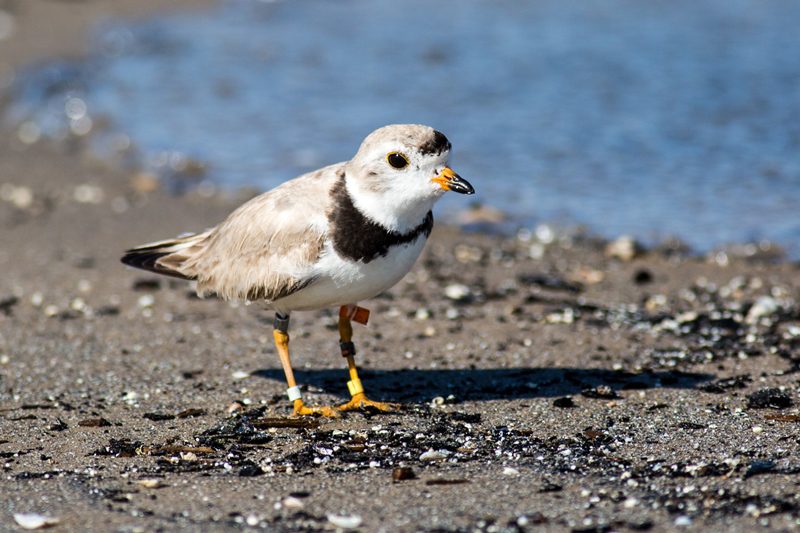The world is facing a biodiversity crisis. The extinction rate is 1,000 to 10,000 times higher than the natural rate. Literally dozens of species are estimated to go extinct every day. And now the Ontario government appears to be moving to weaken the Endangered Species Act (ESA), on its 10 year anniversary.
The government is reviewing the Act, looking for “efficiencies for business”, which doesn’t sound good, given endangered species’ habitat already so threatened in Ontario. The ESA has already seen major changes over the last few years that make it easier for business to put species closer to the brink of extinction. A legislative review might not be such a bad idea, but only one which actually aims to put endangered species first.
After all, it’s the Endangered Species Act, not the Endangered Business Act.

A strong start for Ontario’s at-risk species
In 2007, a new and improved ESA was celebrated as the strongest species protecting law Canada had ever seen. The new law took a science-based approach, requiring recovery plans for endangered species and automatic protection of their sensitive habitats. At the same time, it offered flexibility to land owners and developers to, under certain conditions, apply for permits for work that could harm species-at-risk or their habitat.
But the ESA has only gone downhill from there. In 2013, for example, a suite of exemptions introduced by the Ministry of Natural Resources and Forestry (MNRF) severely undermined the intentions of the law to protect and recover species at risk in Ontario. MNRF essentially changed the permit system so that a developer only has to minimize harm as opposed to eliminate or compensate for it. Sweeping exemptions for certain industries such as forestry has also increased risk for species like Ontario’s threatened boreal caribou.
Why we can’t afford to keep undermining the ESA
The 2017 annual report by the Environment Commissioner of Ontario was highly critical of the MNRFs failure to properly implement the ESA, and it’s easy to see why. Their failure to fulfill its promise has resulted in more species becoming at risk, or their situation becoming more critical. Species are more likely to become more endangered over time than they are to recover.

What to expect from the Government review
The government launched their 10 year review of the ESA under the premise of promoting “positive outcomes for species,” despite also apparently wishing to see “efficiencies for business.” Worryingly, the language in the accompanying discussion paper points to a red-tape cutting agenda that could put species at further risk.
If the past 10 years of flimsy ESA implementation and diminishing species numbers should teach us anything, it’s that we need to be way more strict and selective about the projects that are permitted to threaten species or damage habitat.
The government has launched a public consultation period, which is open until March 4th. However, many of the questions they raise are pointed in the wrong direction. For example, the discussion paper proposes giving the Minister of Environment the power to decide whether it’s ok to remove or delay species’ habitat protections. This change could turn a science-based decision to a political decision. In addition, the paper proposes weakening the legal timelines government is held to for creating action plans to protect species.

The biodiversity crisis is severe, and shows no signs of slowing down. Ontario has the tools needed to meaningfully protect and recover species at risk; but they need to be implemented properly. This is no time to further undermine the ESA and paint it as ‘red tape’. Protecting species must be the first and foremost priority in the ESA.
To share your opinion and tell the government you want strong protections for species, participate in the Environmental Registry of Ontario online consultation, open until March 4th. You can also send a letter to your government representatives through this Ontario Nature action alert.









